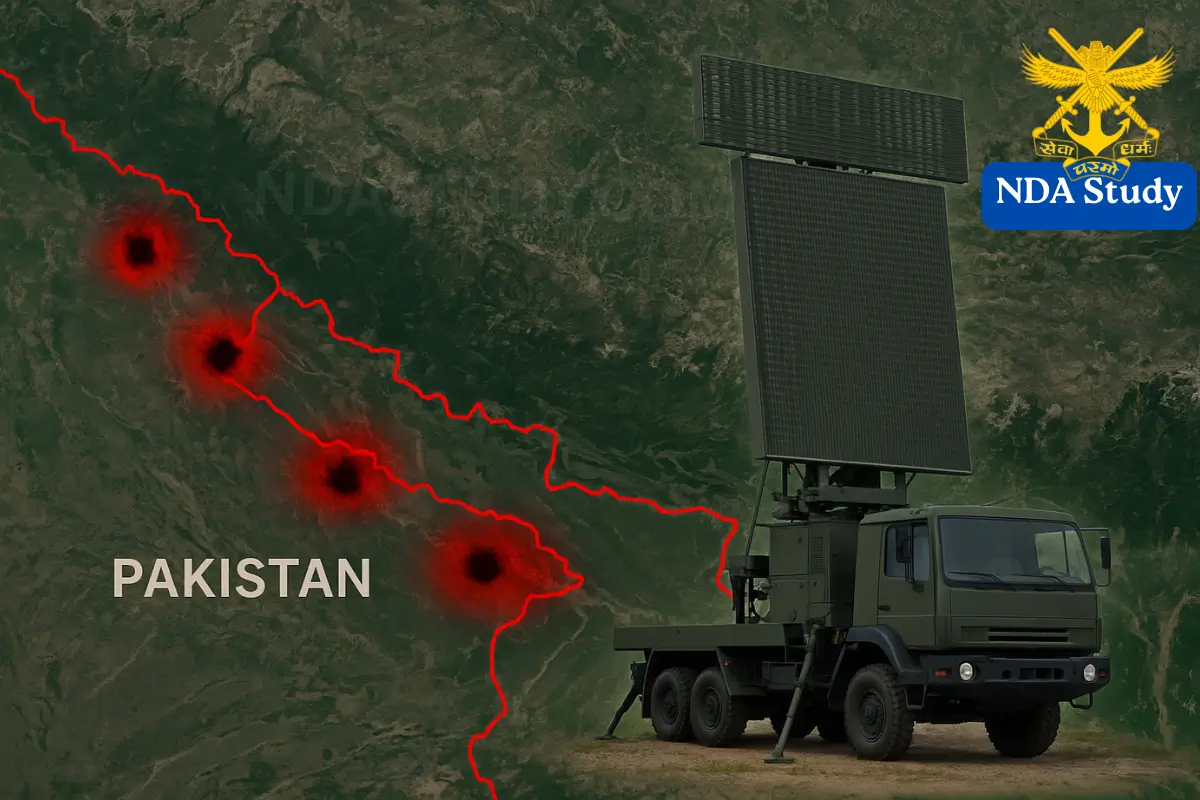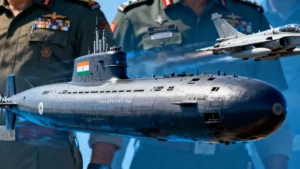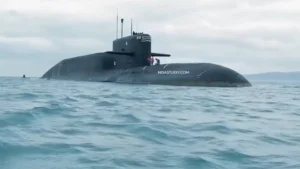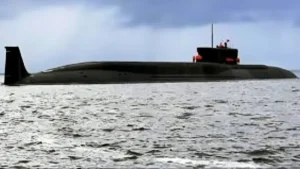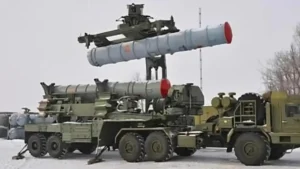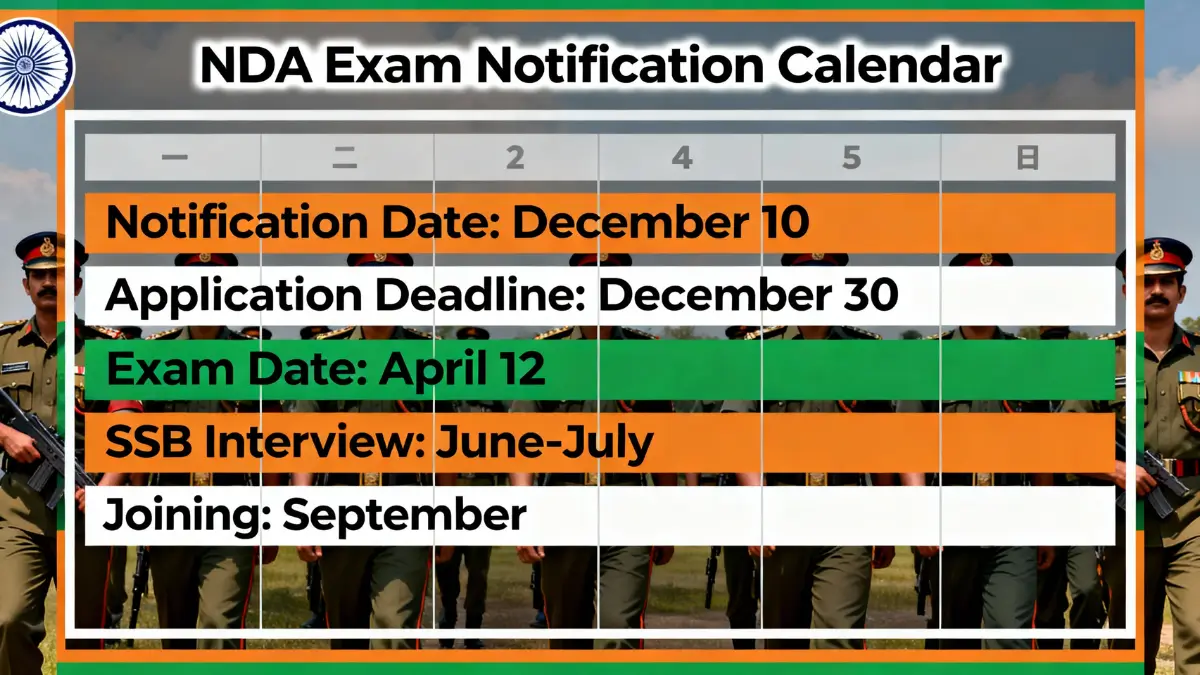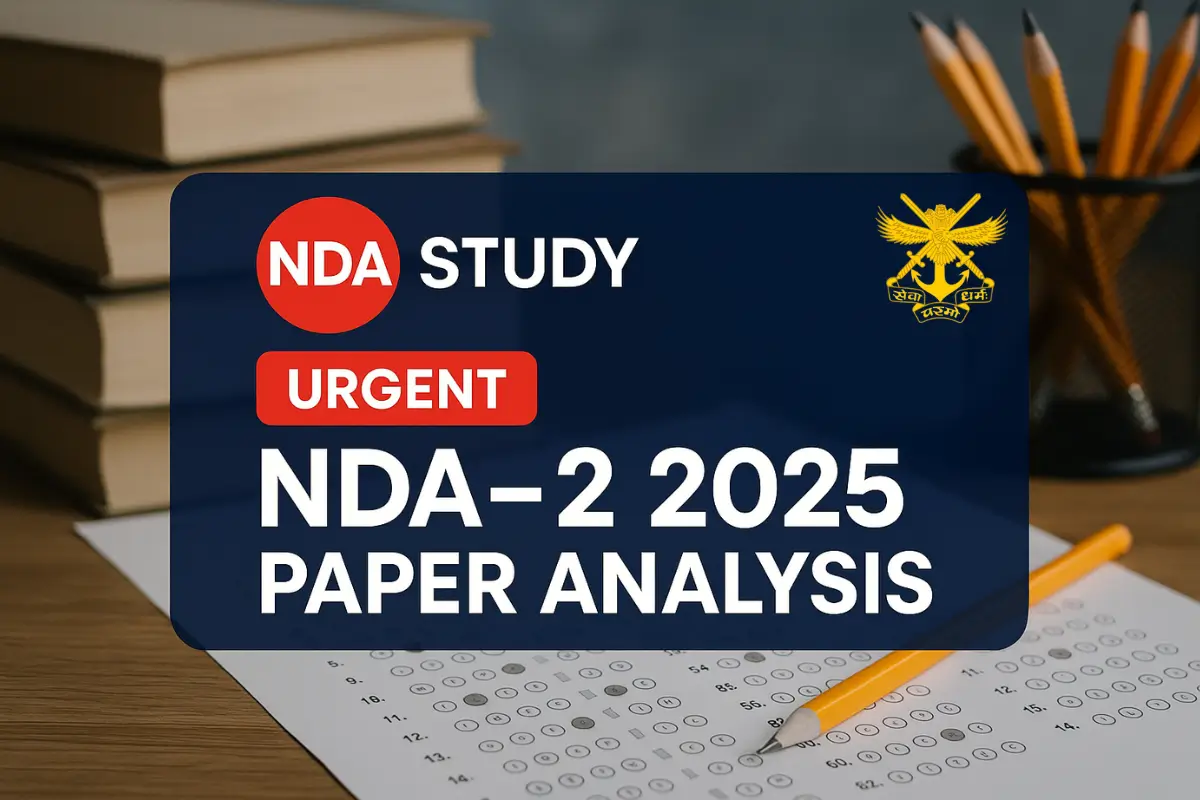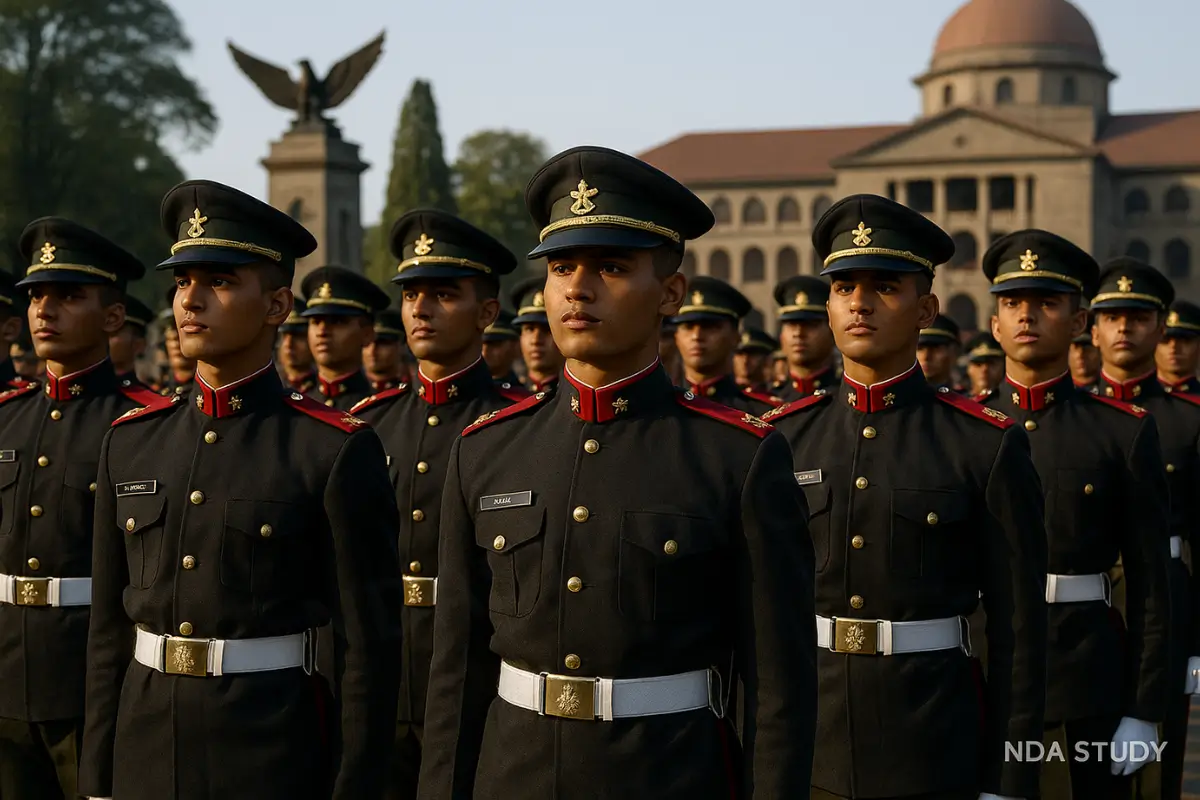In just 12 minutes, Indian Air Force (IAF) missiles wiped out three of Pakistan’s frontline TPS-77 radar stations—systems that once guarded over 1,000 kilometres of Pakistani airspace. For millions in the region, these radars symbolised national security and technological pride. Now, their sudden destruction has left critical gaps in Pakistan’s air defence network, exposing the country’s vulnerability like never before, & Now Pakistan Begs US for TPS-77 Radars.
After a significant Indian missile strike during IAF Operation Sindoor, the Chief of the Pakistan Air Force has made an urgent plea to Washington for military aid to replace lost TPS-77 radars. This request highlights how the loss of such critical technology affects Pakistan’s operational readiness and underscores the frail state of U.S.-Pakistan defence relations. As Pakistan Begs US for TPS-77 Radars (New) After Indian Airstrikes Exposed Air Defence Weakness, the world is closely monitoring the evolving air power dynamics between India and Pakistan. The destruction of these advanced surveillance systems has ignited discussions among defence experts, youth, and policymakers.
Can Pakistan regain its lost advantage, or has India’s capability to conduct precise strikes permanently altered the balance of power in South Asia?
What is the TPS-77 Radar and Why Does It Matter?
The AN/TPS-77 radar is an advanced mobile air surveillance system created by Lockheed Martin, widely used for air defence around the world. It operates in the L-band frequency (1215 to 1400 MHz) and features Active Electronically Scanned Array (AESA) technology. This allows for quick and accurate detection of targets, including fighter jets and missiles, at ranges of up to 470 kilometres (250 nautical miles).
AN/TPS-77 Radar Specifications and Overview:
| Feature | Details |
|---|---|
| Type | Long-Range Mobile Air Surveillance Radar |
| Country of Origin | United States (Lockheed Martin) |
| Frequency Band | L-Band (1215 to 1400 MHz) |
| Detection Range | Up to 470 km (250 nautical miles) |
| Azimuth Coverage | 360° |
| Elevation Coverage | -6° to +20° (electronically scanned)* |
| Scan Rate | 5, 6, 10, or 12 rotations per minute |
| Power Output | Peak RF Power: 19.9 kW; Average RF Power: 3.6 kW |
| Mobility | Transportable by C-130, helicopter, truck, or train |
| Probability of Detection | 80-90% for typical fighter aircraft |
| System Availability | 99.5% |
| Mean Time Between Failures (MTBF) | > 2000 hours |
| Mean Time to Repair (MTTR) | < 45 minutes |
| Typical Missions | Early warning, airspace surveillance, ballistic missile warning, UAV detection, border security |
The TPS-77 can be easily transported by C-130 aircraft, helicopters, trucks, or trains, making it adaptable to changing battlefield needs. It offers 360-degree coverage and scans from -6° to +20° (*but extended elevation modes reach +60°), ensuring thorough airspace monitoring. With a high availability rate of 99.5% and over 2,000 hours of mean time between failures, it is a dependable asset for continuous operations. For Pakistan, the TPS-77 radars are vital for air defence, especially in monitoring Indian airspace. However, after recent Indian missile strikes on Pakistan Air Force’s TPS-77 radars during Operation Sindoor, key radar capabilities were lost. This exposed weaknesses in Pakistan’s air surveillance and reduced its ability to respond to aerial threats.
As a result, “Pakistan Begs US for TPS-77 Radars” highlights the urgent need for these systems and reflects vulnerabilities in the country’s defence setup. Pakistan’s appeal for U.S. military support emphasises the sensitive nature of U.S.-Pakistan defence relations, especially amidst changing regional dynamics. The loss of the radar has significantly tilted the air power balance in favour of India, giving it a technological edge in surveillance and early warning.
How Indian Missile Strikes Exposed Pakistan’s Radar Gap
In Operation Sindoor, the Indian Air Force (IAF) carried out missile strikes that destroyed at least three of Pakistan’s six key TPS-77 radars. This significantly weakened Pakistan’s air defence system. These US-made radars are crucial for early warning and monitoring airspace, covering large border areas and helping detect Indian aircraft and missiles. The IAF targeted radar sites in important locations like Sialkot, Pasrur, and Rahim Yar Khan, as well as key airbases of the Pakistan Air Force (PAF). By using electronic warfare, decoys, and loitering munitions like the Israeli Harpy drone, the IAF successfully took out these radar installations.
“Pakistan’s radar loss reveals the need for indigenous tech.”
Girish Linganna, Defense Expert
This operation revealed that losing these radars had a major negative impact on Pakistan’s defence capabilities. Following the strikes, the PAF Chief urgently requested military aid from the United States, as Pakistan begs US for TPS-77 radars to replace the destroyed units. This plea highlights the weakness in US-Pakistan defence relations and marks a shift in the air power balance between India and Pakistan, with India showing clear technological advantages in aerial warfare. Operation Sindoor not only harmed Pakistan’s radar abilities but also sent a strong message about India’s growing skill in precision strikes and strategic planning, changing the air defence dynamics in South Asia.
Pakistan Begs US for TPS-77 Radars: What’s at Stake?
Pakistan has asked the U.S. for TPS-77 radars after losing half of its radar network during the Indian Air Force’s Operation Sindoor. The Chief of the Pakistan Air Force, facing budget issues, has officially requested the U.S. to donate AN/TPS-77 radars to quickly restore its air defence capabilities. These radars, which Pakistan acquired from Lockheed Martin in 2008 for $89 million, are crucial for early warning and airspace surveillance. Each radar can detect targets up to 450 kilometres away. Losing three out of six TPS-77 radars has created serious gaps in Pakistan’s aerial monitoring and affected its ability to respond to Indian air operations, which poses a threat to national security.
During talks with U.S. defence officials, the PAF Chief stressed that Pakistan’s defence budget is limited, making new purchases impossible. Instead, Pakistan is asking for donated or surplus radars, showing its reliance on U.S. military aid even as it tries to diversify its defence partnerships. This plea highlights the fragile nature of U.S.-Pakistan defence relations, which are complicated by regional tensions. For India, this request shows its growing advantage in the air power comparison and demonstrates the effectiveness of the Indian missile strike on Pakistan’s radar infrastructure. The outcome of this request will affect South Asian security, U.S. defence diplomacy, and the future balance of air power in the region.
The Future of Indo-Pak Air Power Balance
Pakistan’s loss of TPS-77 radars and its request for help from the U.S. are important developments in the air power competition between India and Pakistan. Right now, India has a strong advantage in both the number and quality of its aircraft. India has over 2,200 planes, including advanced fighters like the Rafale and the Su-30MKI, giving it superior air power and striking ability. On the other hand, Pakistan has about 1,400 aircraft and fewer modern options, making it harder for them to compete.
The destruction of the TPS-77 radars has hurt Pakistan’s ability to detect and respond to Indian air operations. This loss limits their early warning and surveillance capabilities. Pakistan’s request for U.S. radar assistance shows that it is struggling to keep up technologically due to financial limitations, widening the gap in air defence technology.
| Airpower Category | India | Pakistan |
|---|---|---|
| Total Aircraft | 2,229 | 1,399 |
| Fighter Jets | 513 | 328 |
| Attack Aircraft | 130 | 90 |
| Transport Aircraft | 270 | 64 |
| Training Aircraft | 351 | 565 |
| Aerial Refueling Tankers | 6 | 4 |
| Helicopters (Total) | 899 | 373 |
| Attack Helicopters | 80 | 57 |
Looking ahead, India is likely to maintain its advantage by continuing to invest in new aircraft, missile systems, and integrated air defences. To keep from losing more ground, Pakistan needs to rebuild its radar network and upgrade its air force. This ongoing imbalance will shape the future of air power in South Asia, with India expected to remain dominant while Pakistan tries to strengthen its defences.
Frequently Asked Questions (FAQs)
1. What is the TPS-77 radar, and why is it important for Pakistan?
The TPS-77 is a mobile, long-range air surveillance radar developed by Lockheed Martin in the United States. It is crucial for Pakistan’s early warning and airspace defence, capable of detecting aircraft and missiles up to 450–470 kilometres away. The TPS-77 forms the backbone of Pakistan’s border surveillance and air defence network, making its loss a serious blow to national security.
2. How did the Indian Air Force destroy Pakistan’s TPS-77 radars?
During Operation Sindoor, the Indian Air Force (IAF) used a combination of electronic warfare, decoys, and precision missile strikes to target and destroy at least three out of six TPS-77 radars along the India-Pakistan border. This attack severely compromised Pakistan’s ability to monitor its airspace and respond to threats.
3. Why is Pakistan requesting the US to donate TPS-77 radars?
After losing half its TPS-77 radar fleet, Pakistan faces significant financial constraints that make purchasing new radars challenging. As a result, the Pakistan Air Force Chief has formally requested the US to donate or provide surplus TPS-77 radars to quickly restore Pakistan’s air defence capabilities.
4. What impact does the loss of TPS-77 radars have on Pakistan’s security?
The destruction of these radars has created major gaps in Pakistan’s airspace surveillance, reducing its ability to detect and respond to Indian air operations. This radar loss impact exposes Pakistan to greater risks and shifts the regional air power balance in India’s favour.
5. How does this incident affect US-Pakistan defence ties?
Pakistan’s urgent plea for US military aid highlights the fragility and complexity of US-Pakistan defence relations. While the US has historically supplied military equipment to Pakistan, evolving geopolitical dynamics and Pakistan’s reliance on American technology make future cooperation uncertain.
6. How does India’s air power compare to Pakistan’s after these strikes?.
India currently holds a significant advantage in both the size and technology of its air force, operating over 2,200 aircraft compared to Pakistan’s 1,400. The loss of TPS-77 radars further widens the air defence technology gap and enhances India’s air superiority.
7. What lessons can Indian youth and defence aspirants learn from this episode?
This event underscores the importance of technological innovation, strategic planning, and self-reliance in defence. Aspiring defence professionals should focus on emerging fields like electronic warfare, missile technology, and integrated air defence systems to contribute to national security and maintain India’s technological edge.
Expert Insights and Youth Perspective
The destruction of Pakistan’s TPS-77 radars and subsequent Pakistan begs US for TPS-77 radars plea have sparked extensive analysis from Indian defence experts and retired military officers. Colonel (Retd.) Ajay Singh notes, “Operation Sindoor showcased India’s growing mastery of precision strikes and electronic warfare, fundamentally altering the air defence landscape in South Asia.” Defence analyst Girish Linganna adds, “The radar loss exposes Pakistan’s over-reliance on imported systems and highlights the urgent need for indigenous technological advancements.”
For Indian youth and defence aspirants, this episode offers critical lessons in technology, strategy, and national security careers. The success of the IAF’s operation underscores the importance of mastering emerging fields like electronic warfare, missile technology, and integrated air defence systems. Aspiring officers and engineers can draw inspiration from India’s focus on self-reliance (Atmanirbhar Bharat) in defence manufacturing and the strategic application of cutting-edge technology to safeguard national interests. Moreover, the incident highlights the value of continuous modernisation and strategic planning in defence preparedness. It encourages young Indians to consider careers not only in the armed forces but also in defence research, cybersecurity, and aerospace engineering—fields that are pivotal to maintaining India’s technological edge.
Author’s Word: Takeaways and What’s Next
India’s recent missile strikes during Operation Sindoor destroyed at least three of Pakistan’s important TPS-77 radar systems. This change has greatly affected the air power balance between India and Pakistan. The loss of these radars has weakened Pakistan’s air defence, leading to the situation where Pakistan begs the US for TPS-77 radars due to financial and technological challenges.
India has a stronger air force, better missile technology, and more advanced defence systems, which have widened the air defence gap between the two countries. While Pakistan struggles to rebuild its radar capabilities and improve its air defence, the weakness in US-Pakistan defence ties becomes clearer. At the same time, India continues to invest in its own technology and precision strike capabilities, preparing itself well for future conflicts.
The provocative question remains: Will Pakistan’s plea for US radar donations mark a turning point in its defense strategy, or has India’s technological edge permanently redefined air superiority in South Asia? The answer will shape not only military balance but also diplomatic relations and regional stability for years to come.
Stay informed about this evolving security landscape by following our detailed coverage. For Indian youth and defence aspirants, this is a crucial moment to understand the importance of technology, strategy, and national security careers in shaping India’s future. Share your thoughts below: How do you see the air defence race unfolding in South Asia?
Stay Tuned & Stay Connected!
